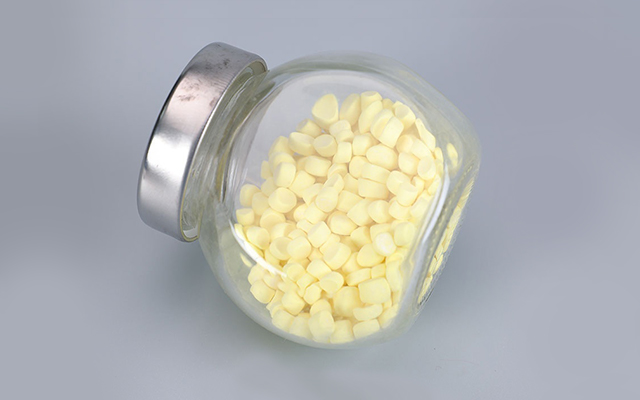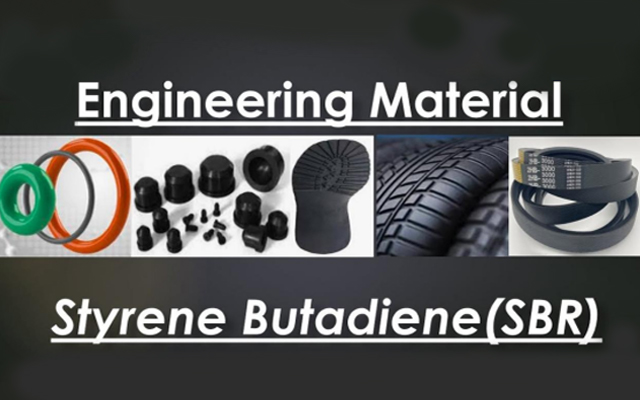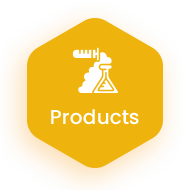Nitrile Butadiene Rubber
Nitrile Butadiene Rubber (NBR), commonly known as nitrile rubber, stands as a distinctive elastomer with versatile applications. Its unique composition involves polymerizing a free butadiene radical emulsion with a specific percentage of acrylonitrile, which can range from 15% to 45%. This variation in acrylonitrile content influences the material’s overall properties, making it adaptable to a wide range of industrial needs.
NBR is recognized for its excellent oil resistance, durability, and flexibility, making it a preferred choice in applications where exposure to oils, fuels, and chemicals is prevalent. The polymerization process can occur under warm (Warm NBR) or cold conditions (Cold NBR), allowing for the production of customized formulations tailored to specific requirements.

Functions and Characteristics
- Oil and Abrasion Resistance: Grades with higher acrylonitrile content boast superior oil and abrasion resistance, making them ideal for applications where exposure to oils and harsh environmental conditions is prevalent.
- Flexibility and Low-Temperature Performance: Lower acrylonitrile content imparts greater flexibility and improved low-temperature performance. This variation allows for the customization of NBR to suit specific flexibility requirements, particularly in cold environments.
- Hydrocarbon Resistance: The hydrocarbon resistance of NBR is directly proportional to the acrylonitrile content. Higher content results in better resistance to hydrocarbons, enhancing its suitability for applications in contact with oils and fuel.
- Physical Properties: While NBR exhibits only moderate physical properties in general, it excels in abrasion resistance and demonstrates excellent resistance to oil and hydrocarbon solvents.
- Temperature Range: Normal NBR grades typically have a working temperature range of -25 to 100 degrees Celsius. Some low acrylonitrile materials are suitable for use in colder temperatures, down to -50°C, while certain peroxide-cured grades can withstand higher temperatures, reaching up to +150°C.
Major Applications
Automotive Components:
Commonly used in diaphragms, gasoline hoses, liners, tubes, rings, and cable sheaths due to its oil resistance and flexibility.

Rubber Hardeners:
Carboxyl grades of NBR find applications in epoxy formulations as rubber hardeners, contributing to enhanced performance.

In Needs of Rubber Vulcanization Accelerators Solution?


